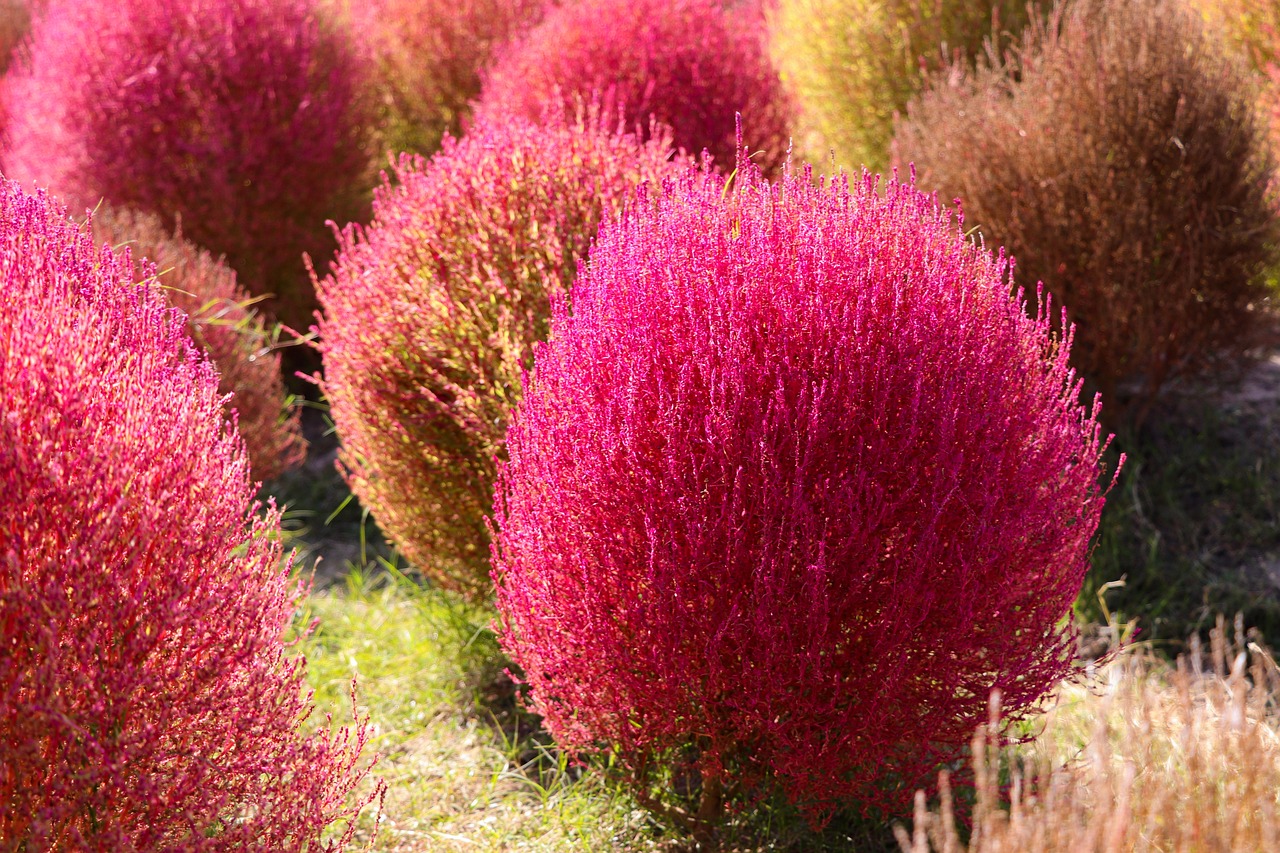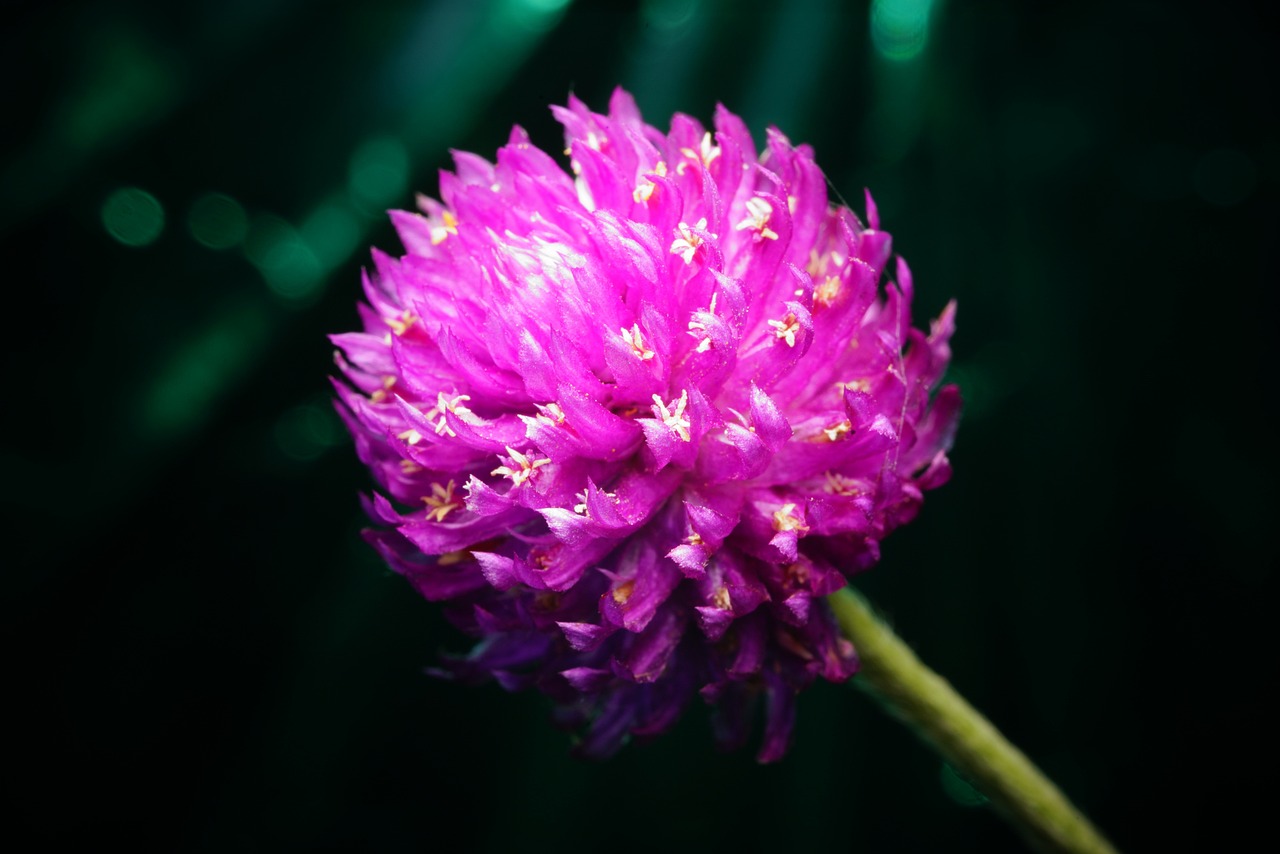Kochia: Features and Care

Kochia, known for its seasonal color changes, is a popular plant that brings charm to gardens and landscapes. It transforms from a vibrant green in early summer to a striking red in autumn, making it a stunning feature at many sightseeing spots.
In this article, I’ll explore Kochia’s basic information, cultural significance, and tips for growing it in your garden.
Basic Information
- Scientific Name: Bassia scoparia (formerly Kochia scoparia)
- Family: Amaranthaceae
- Origin: Europe, Asia
- Appearance: Kochia has a round, bushy shape and can grow up to about one meter in height. Its leaves are lush green in early summer, gradually turning a brilliant red in autumn. The vibrant color transformation makes it a favorite for gardens and public parks.
- Blooming Season: The flowers of Kochia are tiny and inconspicuous, but the colorful foliage peaks from September to October.
Cultural Significance Around the World

Kochia has become a symbol of autumn in Japan and is particularly popular as a tourist attraction. At places like Hitachi Seaside Park in Ibaraki Prefecture, Kochia fields turn bright red in the fall, drawing thousands of visitors and creating iconic photo opportunities. Kochia’s striking appearance has made it a seasonal highlight in various parks and botanical gardens across Japan.
Internationally, Kochia is used not only as an ornamental plant but also in landscape design. In Western countries, it is valued for its changing colors and is often featured in garden landscapes. It is also favored in urban gardening, where it adds a vivid splash of color even in city environments. As a versatile and easy-to-maintain plant, it has gained popularity among gardeners worldwide.
Historical Episodes
The history of Kochia’s cultivation dates back to ancient times, when it was used in Europe and Asia for windbreaks and ornamental purposes. In Japan, Kochia was introduced during the Edo period and became known as “broom grass” because its dried stems were used to make brooms. This practical use was common in rural areas, where Kochia was grown, harvested, and used in everyday life.
Kochia’s unique round shape and vivid colors have made it a source of inspiration for artists and writers throughout history. It is often featured in poetry and art to symbolize the beauty of changing seasons, serving as a reminder of nature’s vibrant transformations.
Gardening Advice

Kochia is easy to grow and is well-suited for both gardens and pots. It thrives in sunny locations, so plant it where it can receive ample sunlight to ensure its vibrant colors. The soil should be well-drained, and mixing compost or organic matter into the soil will help improve its quality.
Watering is crucial until the plant’s roots are established; afterward, Kochia is relatively drought-tolerant and doesn’t need frequent watering. It grows quickly, so be sure to leave enough space between plants for them to expand.
The stunning red foliage can be enjoyed in the fall, but the plant will wither as winter approaches. Since Kochia is an annual plant, it needs to be replanted from seed each spring, making it a fun and rewarding addition to your seasonal garden.
Conclusion
Kochia is a beautiful plant that showcases the splendor of seasonal changes. Its vivid red color in autumn is breathtaking, adding a bold touch to gardens and parks.
With simple care requirements, such as ensuring enough sunlight and proper watering, it’s easy to grow and maintain. Consider adding Kochia to your garden or planting it in pots to enjoy its stunning natural beauty.


